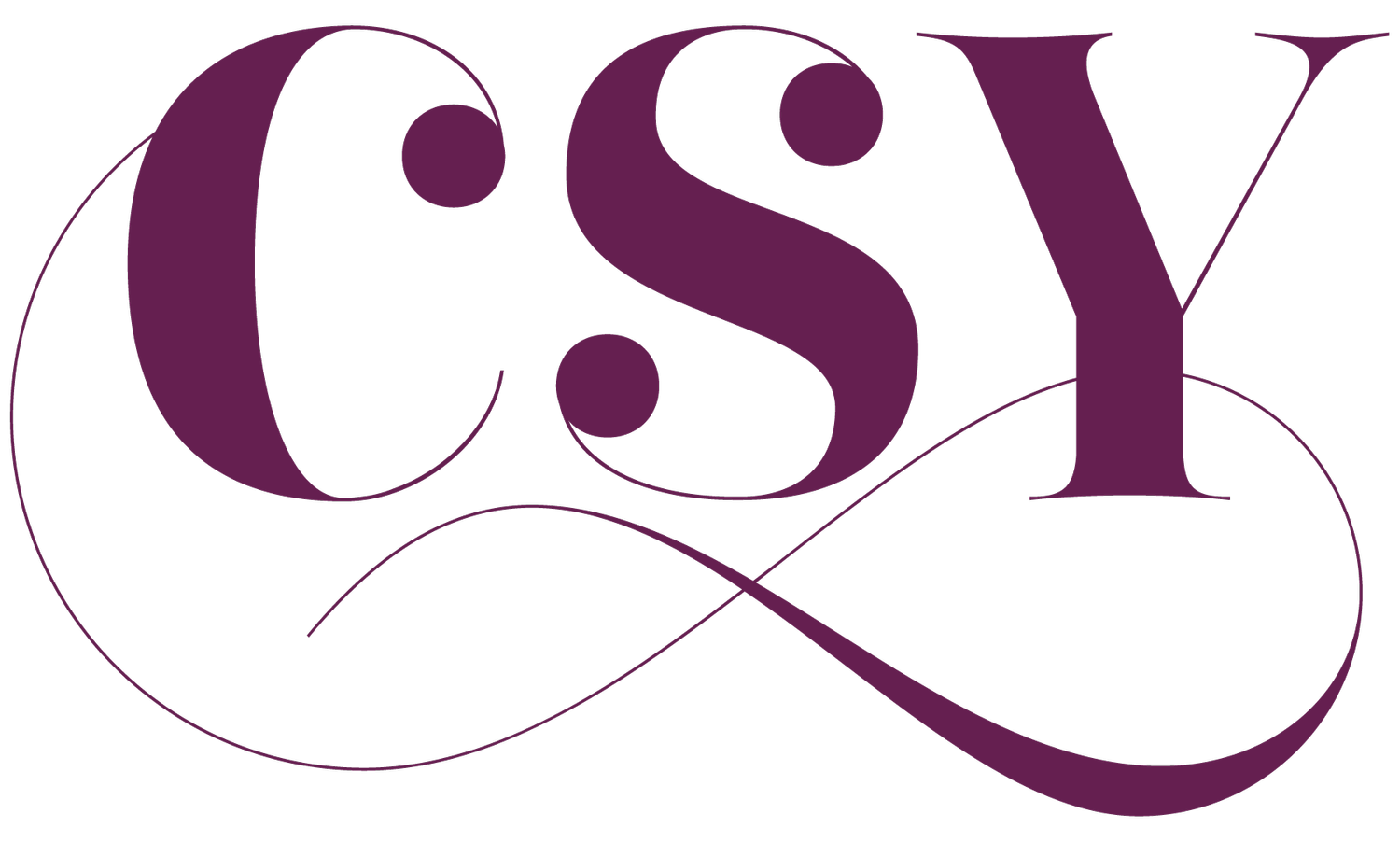Advice to New Teachers: Keeping It Simple
I have kept a blog since 2007 and I have never had a guest author. After my last entry, Michelle Marchildon, shared with me some of the advice she received when she was a new teacher. I asked Michelle if she would be willing to write a blog entry for this series and she agreed. In addition to being a great yoga practitioner, experienced teacher, parent, and writer, Michelle is also a good friend of mine. We both love dogs, good food, great books, and big ideas. Most importantly, we both enjoy laughing at ourselves and with each other.
The best part of this series is that revisiting some very basic principles of teaching under the guise of “Advice to New Teachers” has reminded me to take everything down a notch, simplify, relax, and enjoy myself. I am currently in a big personal asana learning curve right and sometimes that means my offering isn’t simple enough, not distilled enough yet to be delivered succinctly. But well, its an ebb and flow and I am being nice to myself about it. Today, when Michelle’s essay reminded me of my own words from almost a decade ago I thought to myself, “Ooooh.. good one…. I should probably take my own advice!”
All right, enough from me. I know you will enjoy our guest as much as I do.
***
Keeping it Simple
By Michelle Berman Marchildon
I took yoga teacher training with no intention of teaching yoga whatsoever. Teacher training was a lark. In fact, I made a promise to my parents, my husband and my children that if I took this training I would not become too “ugga bugga,” our code for weird. But I was already weird, yoga just honed it.
After my first training I thought maybe I’d try some of it out on friends and neighbors to see if it helped them as it did me. One of my earliest clients was a young girl who could not run and play because of a heart condition. I went to her house and we rolled around and did poses named for animals and nature. It was age-appropriate silly fun.
Then one day she had friends over and I “taught” them yoga, which was pretty much rolling around doing silly poses. But something happened. My little student was quite obviously the most skilled of her friends. I saw a light turn on in her. She was able to participate and excel at something she enjoyed. She was no longer on the sidelines and she became an entirely new person.
I was hooked. What is this thing that can change people’s lives, and how can I offer more of it?
The rabbit hole never looks deep from above. One training led to another, and to another. My weird found your weird and together we were weird and one. Eventually I would take more than 5,000 hours of trainings, workshops, and retreats. And for some reason, I thought that I had to give my students the benefit of all that in every class.
Me and my classes were a hot mess. One day a teacher I greatly admired pulled me aside and gave me this unsolicited advice:
“Keep it simple. Teach just one thing that you know, and as you grow, your students will grow with you.”
Receiving the advice was humbling, but oh so worth it. Another take on this same advice came from Christina Sell, who was my final teacher to guide me into my 500 RYT status: “In an hour-long class, only give them an hour’s worth of education.”
I had been trying to cram 5,000 hours of wisdom from Ashtanga, Power, Anusara, Iyengar and Vinyasa into a single class. I created a sequence, a bodily action and a theme. Then I would teach it to a “universal pulsation,” meaning that we’d expand a pose with the expansive qualities of the theme and breath, and then contract in another pose.
If that was hard to understand, then imagine doing it. It’s not impossible, but it takes a significant amount of skill and experience, which I lacked. Furthermore, I had completely lost focus on what mattered: bringing that thing that changes lives.
It turns out that yoga works all by itself. The recipe is simple: breath and movement, add a little joy, and serve it hot or cold.
I’ve been teaching for 15 years and to be honest, I’ve gotten simpler and easier as I go. I teach hard poses, but the path is easy to follow. Do this, do that, do your best, let the rest go. I wish I had the confidence to do less when I started out, because it surely is the path to finding more.
Michelle Berman Marchildon is the Yogi Muse. She is an award-winning writer and the author of four books on yoga. Her book, Theme Weaver: Connect the Power of Inspiration to Teaching Yoga is used by teachers worldwide. You can find her teaching simple classes in Denver, Colorado.
If you missed the first few installments of the series, check them out here:


